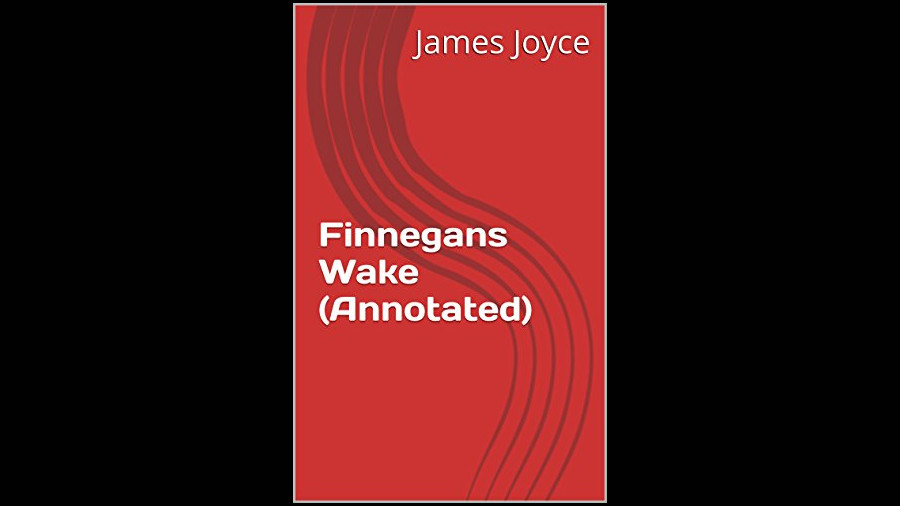Annotations have traditionally been no more than mere footnotes in the history of fiction, providing information that supplements the main story. That is why when James Joyce’s Finnegans Wake was published in May 1939, its unconventional use of footnotes, endnotes and marginalia drew deep furrows on the brows of readers and critics alike. What Joyce called “a new way” of storytelling cast such a notorious shadow on posterity that even five decades later, when David Foster Wallace, the American author known for his experimental writing, was working on Infinite Jest — his magnum opus — he decided to use endnotes to avoid “Finneganizing” the text — that even his pages-long endnotes had footnotes within them is another matter.
Like Joyce, Wallace found innovative ways of using paratext, such as the footnote, as an integral part of the central narrative. For instance, the footnotes in his short story, “The Depressed Person”, which narrates the conversations between a patient and her therapist, gradually grow more elaborate, signifying, as the critic, Jonathan R. Clark, notes, how internal struggles can often be “more complex and lengthier than what is presented to the world, or even a therapist”. Again, in Nicholson Baker’s The Mezzanine, the footnotes do not just provide a context to the principal narrative but also conceal stories within the main story.
Even marginalia, usually valued as part of manuscripts — the extensive notes etched by Marcel Proust on the edges of his draft of In Search of Lost Time make it a prized artefact — have successfully been employed as a literary device. In the novel, S., J.J. Abrams and Doug Dorst incorporate handwritten scribbles on the margins of a book within the main book to create a parallel narrative — an exchange between two fictional readers.
This trait of postmodern literature of bringing paratext into the fold of fiction is more than a mere stylistic ploy — it adds a new dimension to storytelling. By blending in parts of the book that were relegated to the margins, considered non-essential and prone to being ignored, it challenges the conventions of the exercise of reading itself. These footnotes, endnotes and marginalia, among other addenda, break the reader’s habit of passively following the linear manuscript without disrupting the chronology of the narrative. More importantly, they prod the reader to seek out the stories that reside on the margins to glean layers of meaning that are absent from the central narrative, fundamentally changing one’s outlook towards all stories, real or fictional.











